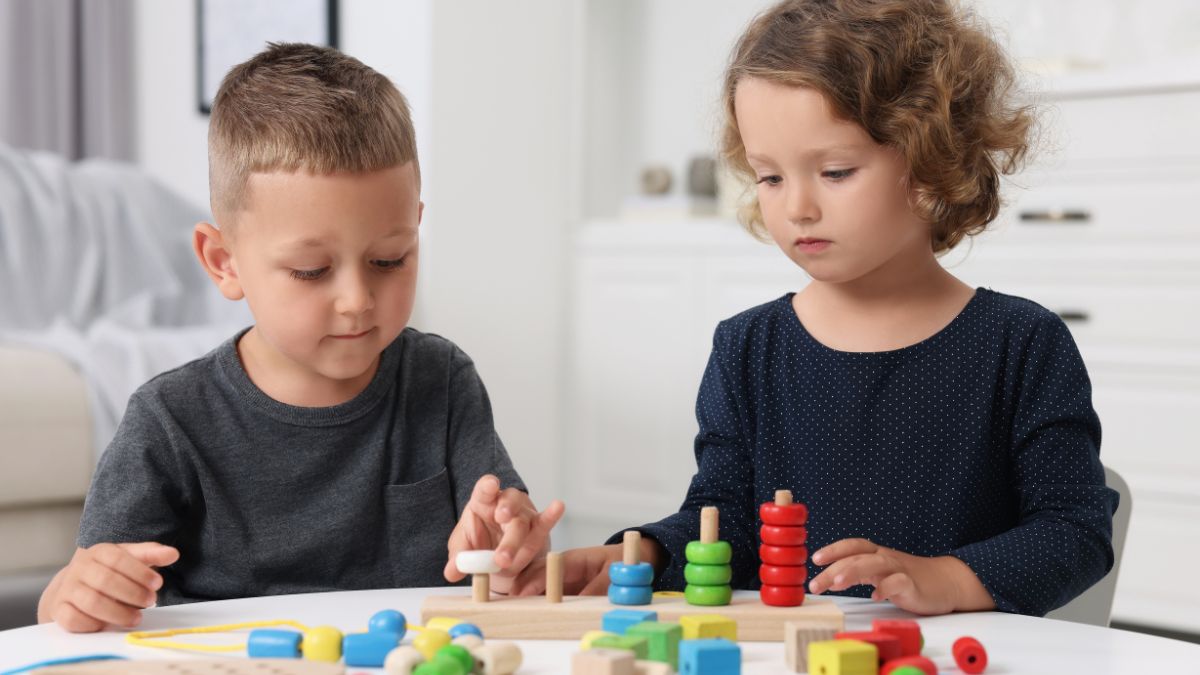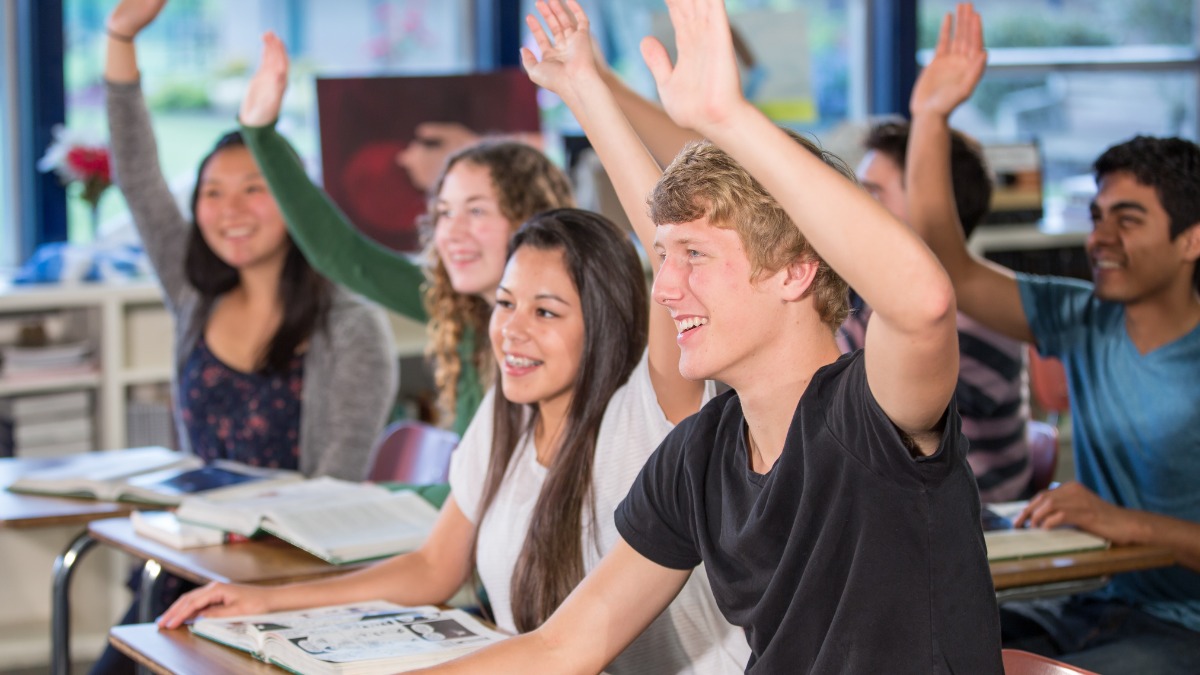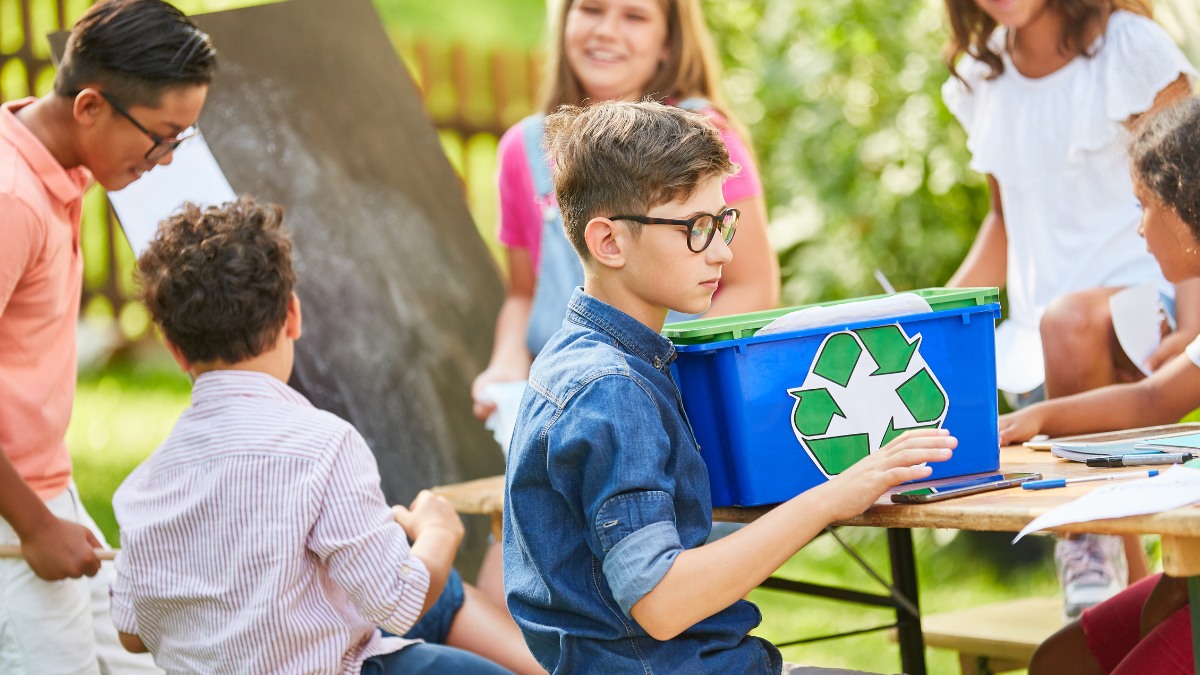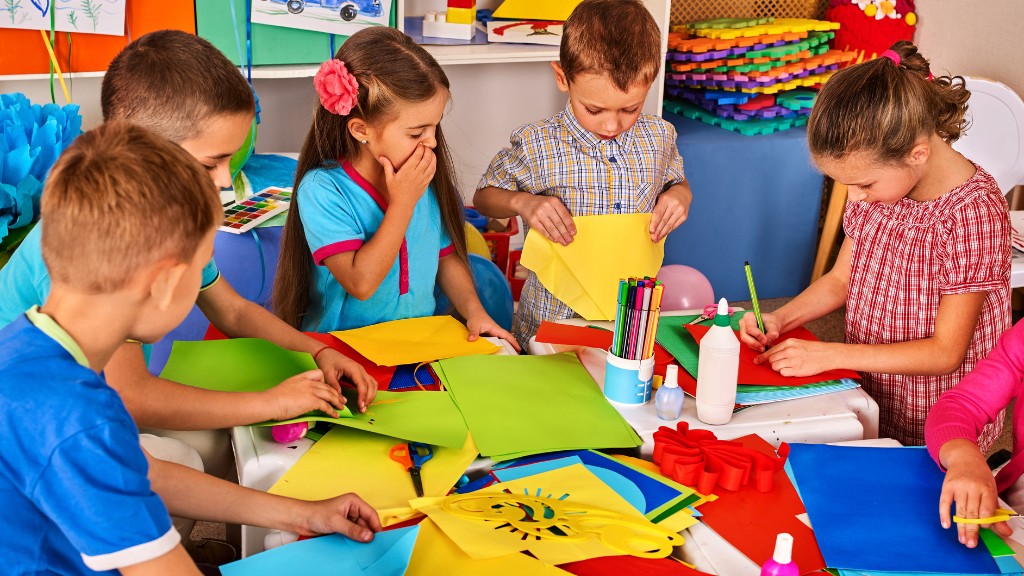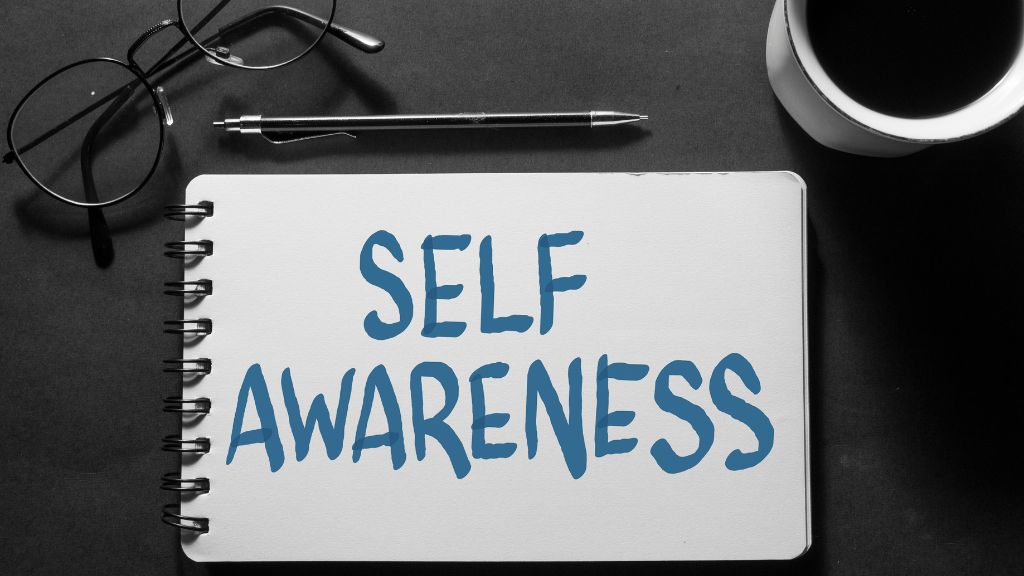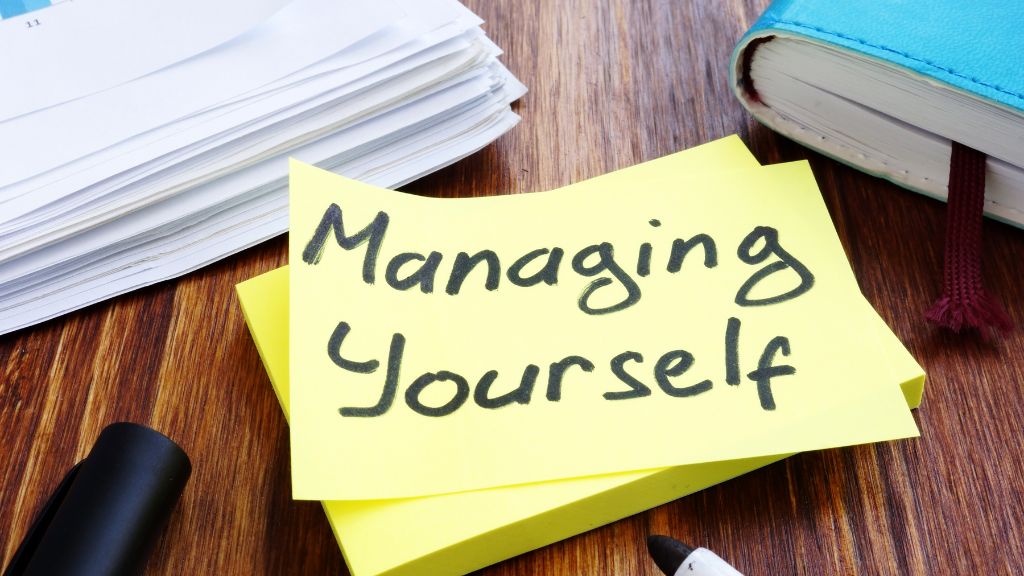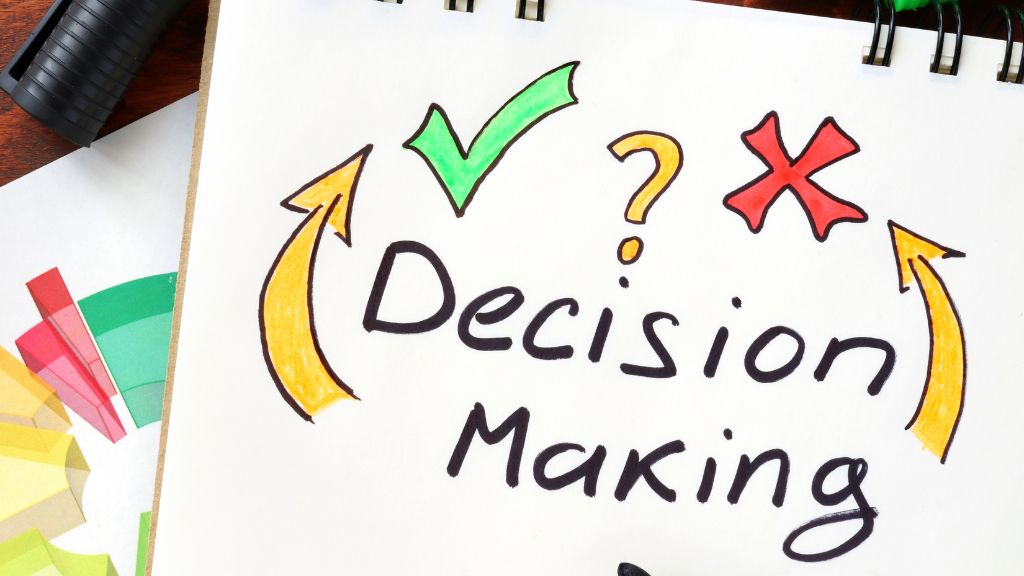In today’s fast-paced and increasingly interconnected world, the importance of Social Emotional Learning (SEL) cannot be overstated. At Edu-Solve, we understand that fostering a child’s social and emotional growth is crucial for their overall development and future success. But what happens when a child lacks social emotional development? Let’s delve into the consequences and explore how we can address these challenges.
Understanding Social Emotional Development
Social emotional development refers to the process through which children acquire the ability to understand and manage their emotions, establish positive relationships, and make responsible decisions. It is a critical aspect of a child’s growth that influences their academic performance, mental health, and overall well-being.
Also Read: What Skills Do Students Learn in SEL?
The Impact of Inadequate Social Emotional Development
1. Academic Struggles
Children who lack social emotional skills often face difficulties in academic settings. They may struggle to focus, manage their time effectively, or cope with the pressures of schoolwork. Without the ability to regulate their emotions and handle stress, these children are more likely to experience academic setbacks, leading to a cycle of frustration and disengagement.
2. Behavioral Issues
A deficiency in social emotional development can manifest in various behavioral problems. Children may exhibit aggression, defiance, or withdrawal as they struggle to navigate social interactions and express their feelings appropriately. These behaviors can lead to conflicts with peers and teachers, further isolating the child and exacerbating their difficulties.
3. Poor Mental Health
Mental health is closely linked to social emotional development. Children who lack these skills are at a higher risk of developing anxiety, depression, and other mental health disorders. The inability to manage emotions and build supportive relationships can create a sense of loneliness and low self-esteem, contributing to long-term psychological issues.
4. Difficulty Forming Relationships
Forming and maintaining healthy relationships is a fundamental aspect of life. Children with underdeveloped social emotional skills often struggle to connect with others, leading to social isolation. They may have trouble understanding social cues, empathizing with peers, or resolving conflicts, which can hinder their ability to build meaningful and lasting relationships.
5. Lower Resilience
Resilience, or the ability to bounce back from adversity, is crucial for navigating life’s challenges. Children who lack social emotional development may find it difficult to cope with setbacks and disappointments. Without the skills to process their emotions and seek support, they are more likely to be overwhelmed by stress and adversity.
Also Read: How to Teach Social-Emotional Learning (SEL) in the Classroom?
How Can We Support Social Emotional Development?
At Edu-Solve, we believe in proactive approaches to foster social emotional growth in children. Here are some strategies that can make a significant difference:
1. Integrate SEL into Curriculum
Incorporating SEL into the school curriculum ensures that children receive consistent and structured opportunities to develop these skills. Activities that promote self-awareness, emotional regulation, and empathy can be seamlessly integrated into daily lessons.
2. Create a Supportive Environment
A positive and inclusive school environment is essential for social emotional development. Teachers and staff should be trained to recognize and address the emotional needs of students, creating a safe space where children feel valued and understood.
3. Encourage Open Communication
Open communication between parents, teachers, and students fosters a sense of trust and support. Encouraging children to express their feelings and concerns can help them develop better emotional awareness and problem-solving skills.
4. Provide Role Models
Children learn by observing the behavior of those around them. Positive role models, whether they are parents, teachers, or peers, can demonstrate healthy ways of managing emotions and interacting with others.
5. Implement SEL Programs
Dedicated SEL programs can provide structured and comprehensive support for children’s social emotional development. These programs often include activities, workshops, and resources designed to enhance emotional intelligence and interpersonal skills.
Conclusion
The consequences of inadequate social emotional development are far-reaching, affecting a child’s academic performance, behavior, mental health, relationships, and resilience. However, with the right support and interventions, we can help children develop the social and emotional skills they need to thrive.
At Edu-Solve, we are committed to promoting SEL and providing children with the tools they need to navigate life’s challenges successfully. By prioritizing social emotional learning, we can ensure that every child has the opportunity to reach their full potential. For more information on how we support social emotional development, visit our Social Emotional Learning page.
Together, we can make a difference in the lives of children, fostering a brighter and more emotionally intelligent future.
Also read: What is Strategic Management in Education?


